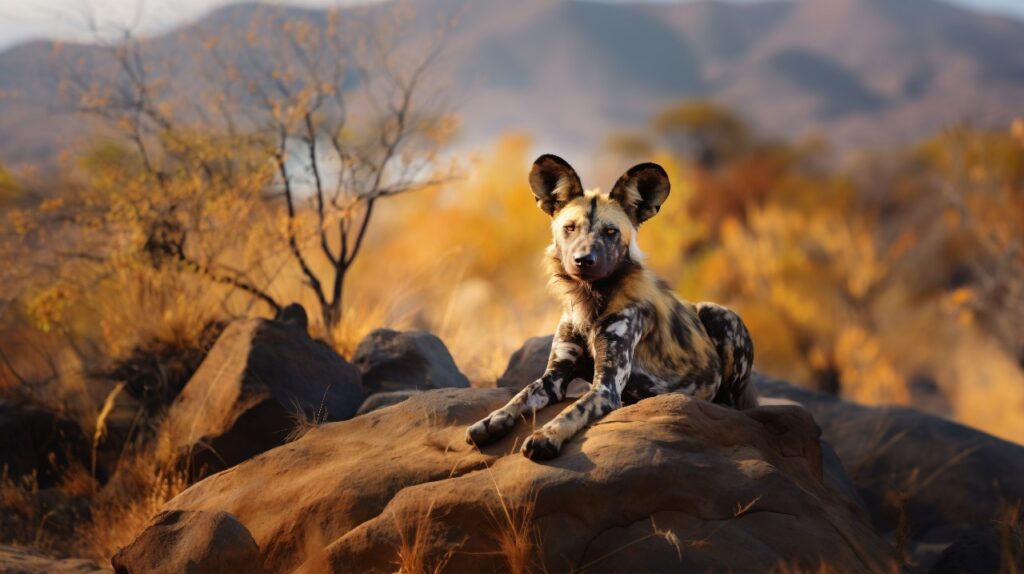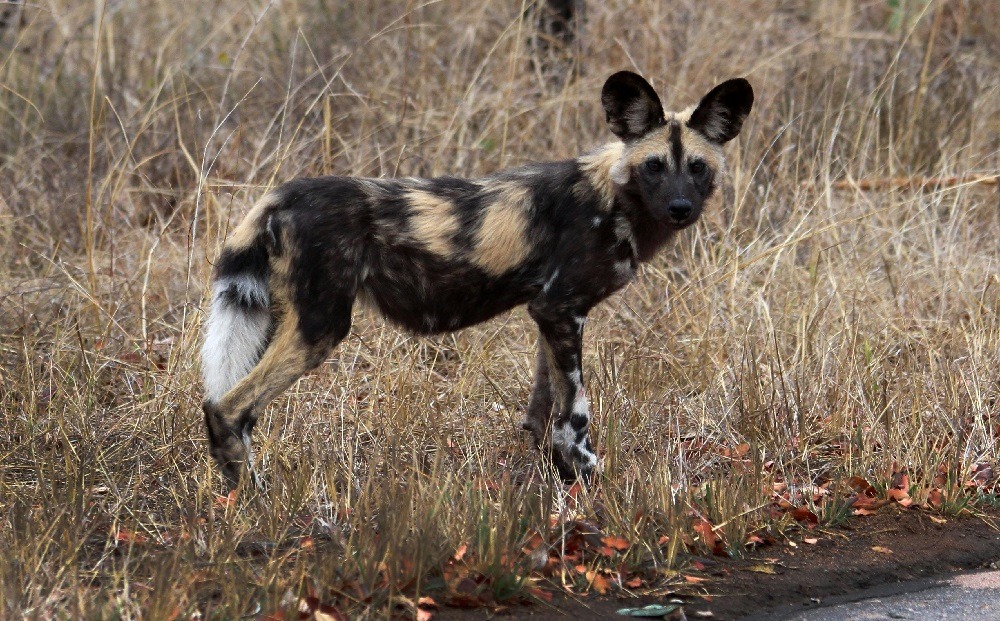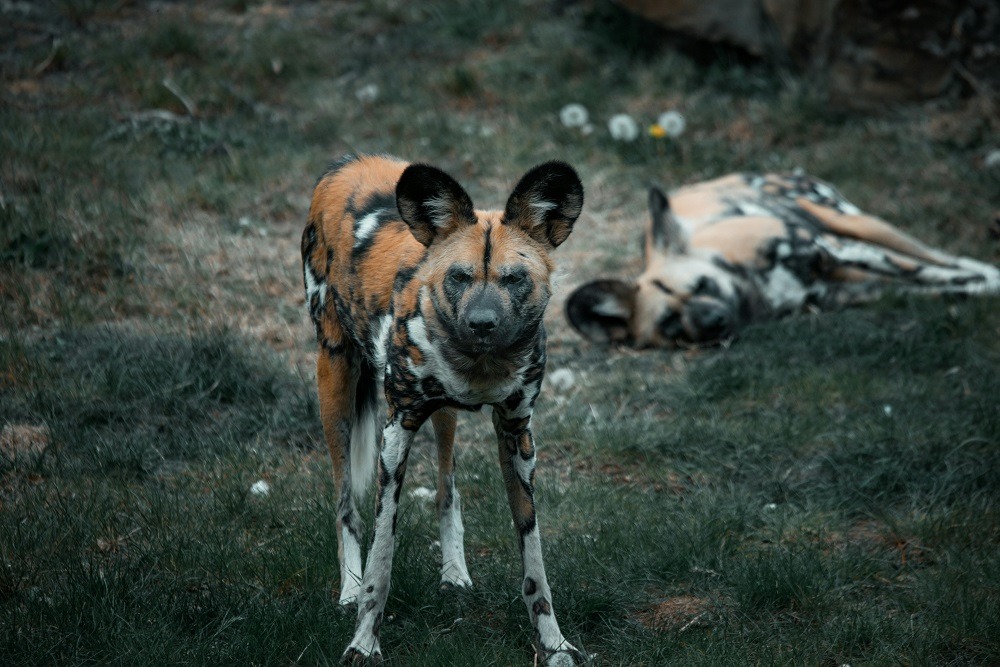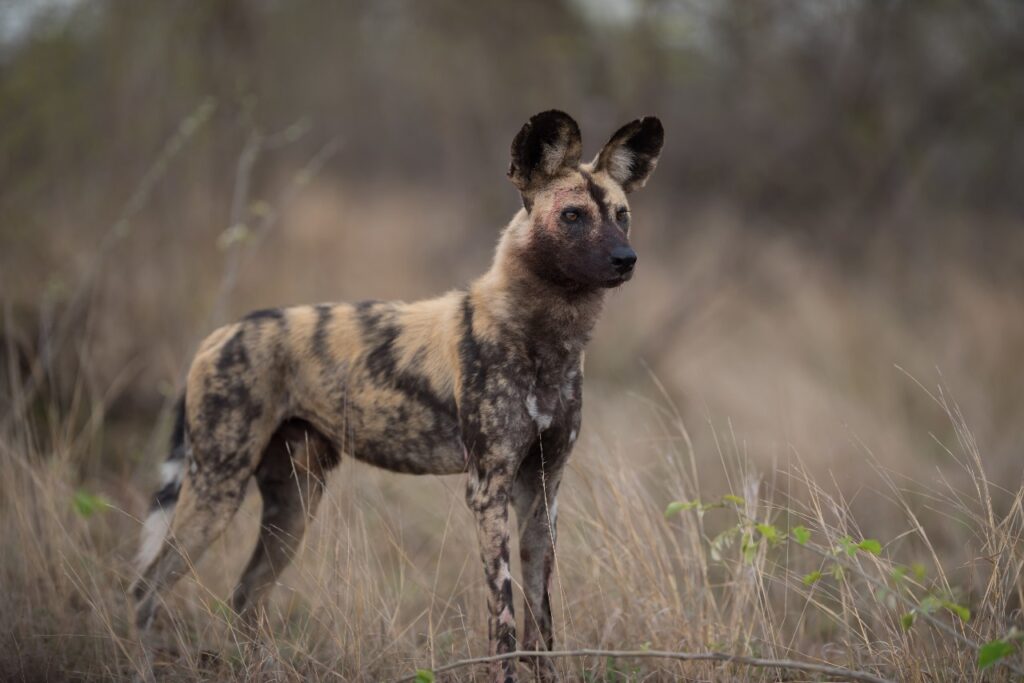African wild dogs, also known as painted wolves or Lycaon pictus, are among the most endangered carnivores on the planet, and their numbers in 2025 remain alarmingly low. Current conservation data estimates that there are fewer than 6,000 individuals left in the wild, with only about 1,400 of these being mature adults capable of breeding. This drastic decline from historical populations, which once roamed across much of sub-Saharan Africa in the hundreds of thousands, is largely the result of habitat loss, human-wildlife conflict, and disease outbreaks. These animals live in fragmented populations, often isolated in protected reserves, making genetic diversity and pack stability more difficult to maintain. Each sighting of a wild dog in its natural habitat is therefore a rare privilege, the result of patient searching in select ecosystems where they have managed to survive against tremendous odds.
What is the rarest wild dog in the world?
The African wild dog holds the title of the rarest wild dog species in the world when considering its critically low numbers and highly restricted range. While other wild canids, such as the dhole in Asia or the maned wolf in South America, face their own conservation challenges, the African wild dog’s situation is far more precarious due to a combination of human encroachment, targeted persecution, and vulnerability to diseases such as rabies and canine distemper. Its uniqueness is not only in rarity but in its striking appearance—large rounded ears, long legs, and a patchwork coat of black, gold, white, and brown that is unique to each individual. Because packs roam vast distances daily in search of prey, they are inherently difficult to locate, making them a treasured sight for safari-goers fortunate enough to encounter them.
Are African wild dogs friendly to humans?
In the wild, African wild dogs are neither domesticated nor accustomed to human interaction, which means they are generally wary of people rather than overtly friendly. Their social bonds are deeply ingrained within their packs, and their cooperative hunting strategies and pup-rearing duties leave little inclination to engage with humans. However, in areas where they are protected and have grown used to safari vehicles, they may exhibit calm, non-aggressive behavior toward observers. It’s important to note that “friendly” in this context does not mean they can be approached or touched; they are still wild predators with strong instincts. Conservationists stress that respectful distance is essential for both human safety and the preservation of natural behaviors.
What is the largest wild dog in the world?
The African wild dog is indeed one of the largest wild canids in the world, rivaled only by species such as the grey wolf. Adult males can weigh between 20 to 30 kilograms (44 to 66 pounds) and stand about 60 to 75 centimeters (24 to 30 inches) at the shoulder. Their long, slender legs are built for endurance, allowing them to maintain speeds of up to 60 kilometers per hour (37 mph) over several kilometers when pursuing prey. While they may not be as bulky as wolves, their size is impressive relative to other African predators of similar body structure, and their physical adaptations make them some of the most efficient hunters in the animal kingdom.
What eats African wild dogs?
Despite being apex predators in their own right, African wild dogs do face threats from other carnivores. Lions are their primary natural enemy and will often kill them not for food but to eliminate competition for prey. Hyenas also pose a risk, especially to pups, and may attempt to steal kills from wild dog packs. In some regions, leopards have been known to take lone or weakened individuals. Predation pressure, however, is not the main driver of their population decline—human-induced threats such as snaring, road accidents, and disease transmission from domestic dogs have a far greater impact. This combination of natural and human-related dangers makes survival challenging even in protected areas.
Can African wild dogs breed with dogs?
African wild dogs cannot breed with domestic dogs. Despite sharing a common ancestor millions of years ago, they are a distinct species with a different chromosome count—78 for domestic dogs compared to 74 for wild dogs. This genetic incompatibility prevents successful interbreeding. While they belong to the Canidae family, they diverged evolutionarily long before domestic dogs appeared, resulting in differences in behavior, morphology, and reproductive biology. This separation is beneficial for conservation since hybridization with domestic dogs, which threatens some other wild canid species, is not an issue here.
Would an African wild dog make a good pet?
An African wild dog would not make a good pet for many reasons, starting with its high-energy lifestyle and complex pack structure. These animals rely on intricate social hierarchies and cooperative hunting methods to survive, and removing one from its pack disrupts its natural instincts and wellbeing. In captivity, they require enormous space, specialized care, and an appropriate diet—factors that cannot be adequately provided in a typical household. Furthermore, as a protected species, it is illegal to keep them as pets in most countries. They thrive only in the wild or in carefully managed conservation programs where their needs can be met.
Are African wild dogs hyenas?
African wild dogs are not hyenas, though the confusion is understandable due to some superficial similarities in body shape and coat patterns. Hyenas belong to a completely different family—Hyaenidae—while African wild dogs are canids. Their evolutionary histories, behaviors, and physical characteristics are distinct. Wild dogs have long, slender legs, large rounded ears, and a patchy coat pattern, whereas hyenas have sloping backs, shorter legs, and powerful jaws built for bone-crushing. Behaviorally, wild dogs are cooperative hunters that rely on endurance running, while hyenas are opportunistic feeders that often scavenge as much as they hunt.
What type of dog is an African wild dog?
The African wild dog is a unique species scientifically known as Lycaon pictus, meaning “painted wolf.” It is the only species in its genus, setting it apart from all domestic and wild dog breeds. Its adaptations include only four toes per foot rather than the five seen in domestic dogs, specialized dentition for rapid meat shearing, and an unmatched cooperative hunting strategy. These characteristics make it a highly specialized predator, perfectly adapted to life on the African savannahs and woodlands where it roams.
What dog looks like a hyena?
When safari-goers first encounter an African wild dog, they often remark on its resemblance to a hyena, mostly due to its mottled fur and somewhat hunched appearance when running. However, as soon as its lean build, large ears, and distinct pack behavior become apparent, the differences are clear. No domestic dog breed naturally looks quite like a hyena, though certain mixed-breed dogs with brindle coats and upright ears might bear a passing resemblance. The African wild dog’s unique coat pattern, which is as individual as a human fingerprint, ensures that no two animals look exactly alike.
What is the most endangered wild dog in the world?
The African wild dog itself is considered the most endangered wild dog species globally, with its population decline earning it the IUCN Red List status of “Endangered.” Its specialized needs for large, connected territories and intact prey populations make it particularly sensitive to environmental changes. Efforts to protect them include anti-poaching patrols, community education programs, vaccination campaigns for domestic dogs to prevent disease spread, and the creation of wildlife corridors between isolated populations.
Are there African wild dogs in the Serengeti?
Yes, African wild dogs do exist in the Serengeti ecosystem, though sightings are rare. Historically, the population in this region crashed in the early 1990s due to a rabies outbreak and other pressures. In recent years, reintroductions and natural recolonization have allowed small packs to return to the area, particularly in less-visited parts of the park and adjoining reserves. Visitors with patience, luck, and the guidance of skilled safari trackers have the best chances of encountering these elusive hunters. Spotting a wild dog in the Serengeti is considered a once-in-a-lifetime wildlife experience and is often a highlight for even the most seasoned safari-goers.




